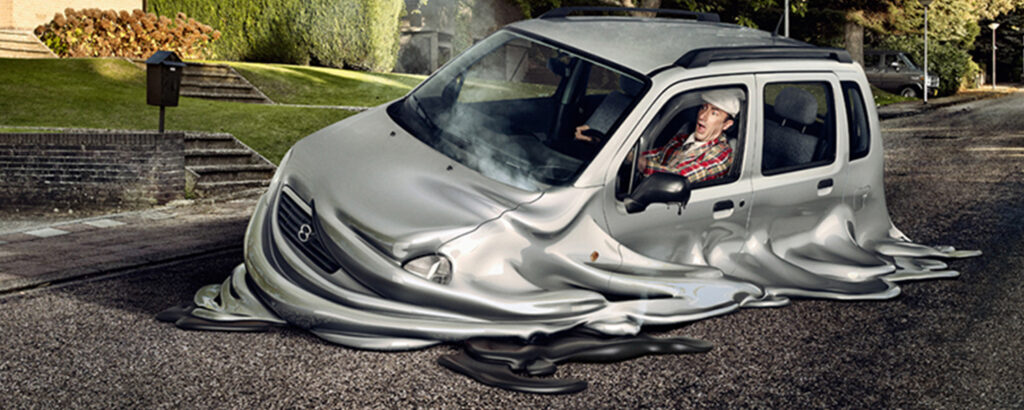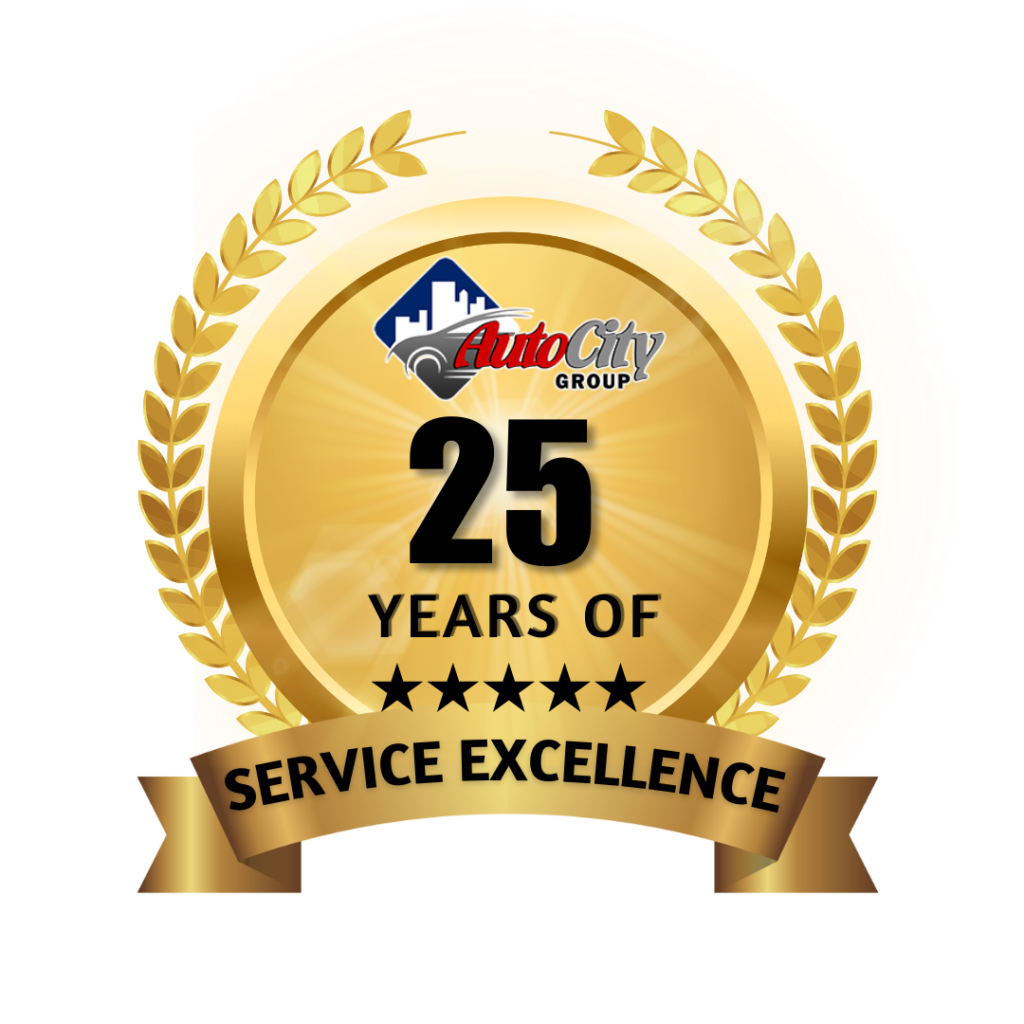The summer season provides ideal weather for road trips, drive-ins and, unfortunately, car trouble. Why? Extreme heat can take a toll on your car’s most important systems. So, if your summer calendar is filled with travel and trips to the beach, we’re here to help you seize the season safely.
Ensuring you’re a little extra prepared this season can go a long way to protect your car, yourself and your loved ones this summer. Read on as we outline 10 must-know car maintenance tips for summer.

- Test the AC – Summer heat pairs well with air conditioning. When higher temperatures hit, you’ll want a working AC system in your car. You may not have used your AC during winter or spring, so make sure you test it ahead of the summer season.
- Check your tires’ air pressure – Winter conditions may have done damage to your tires. So, before going on long road trips this summer, make sure you inspect your tire pressure. When checking your tire pressure, you’ll want to look for signs that your tires are under- or overinflated. Most passenger cars have a recommended tire pressure between 30 and 35 PSI (pounds per square inch). When in doubt reference your car owner’s manual to learn the specifics on what your tire pressure range should be.
- Top off engine fluids – Coolant fluid is particularly important to check during the summer months, as its job is to keep your car’s engine from overheating. Follow these steps to check your car’s coolant level:
- Open the hood
- Locate the coolant reservoir and undo the cap
- Check the coolant level shown by indicator lines on the reservoir
- If the indicator lines reveal that the coolant is too low, add the appropriate amount of coolant to the reservoir
- Reattach the cap
- If you’re not comfortable checking the coolant levels, or any other engine fluids, your nearest mechanic can help you top everything off.
- Get your oil & filter changed – Changing your oil is simple. However, if this service is not done routinely, your car can develop costly oil problems, like particle buildup that could wear down vital parts of your engine. A good rule of thumb is to change your oil every 5,000 miles or follow your car manufacturer’s oil maintenance guidelines.
- Test your brakes – Other than the obvious red flag of poor stopping performance, you’ll want to listen for squealing or growling sounds when testing your brakes. You’ll also want to check for brake pulling, or if your vehicle pulls to one side when you press the brake pedal. If you notice any of these poor performance signs, it’s time for an inspection and potentially a repair.
- Replace windshield wipers – Maintaining visibility is an essential requirement while you’re behind the wheel. In summer, dust and pollen particles or even the sun’s glare can impair your ability to clearly see out of your windshield. Make sure to check your windshield wipers’ effectiveness to remove anything that could minimize visibility. It’s a good idea to check or replace your windshield wipers at the end of each season.
- Routinely clean or replace air filters – Your car’s air filters have a very important role, especially in the summer. They keep pollutants from coming in through the vents — which is critical during warmer months or seasons with high pollen counts. Not to mention, using an old filter can lead to problems with your air conditioning system.
- Clean your car – Keeping both the exterior and interior of your car clean doesn’t just make you feel good; it makes financial sense long-term. Hot temperatures can melt plastics, food or other rubbish left inside your car and could damage your car’s interior — which could require a costly repair.
- Rotate tires – You can extend the longevity of your tires simply by rotating them regularly. That’s because not all four tires on your vehicle will experience the same rate of wear and tear. Rotating them will help even out any wear they may experience, by allowing all four tires to work in each position of the car.
- Park your car in the shade – On hot days, try to park your car in the shade whenever possible. Parking your car in a shaded spot not only keeps you cool, but can keep your car cool and prolong its life. The sun’s rays could damage the exterior and paint of your car which could be costly to fix. Extreme heat could also heat up the interior of your car, like the steering wheel and leather seats, making it difficult to drive.
